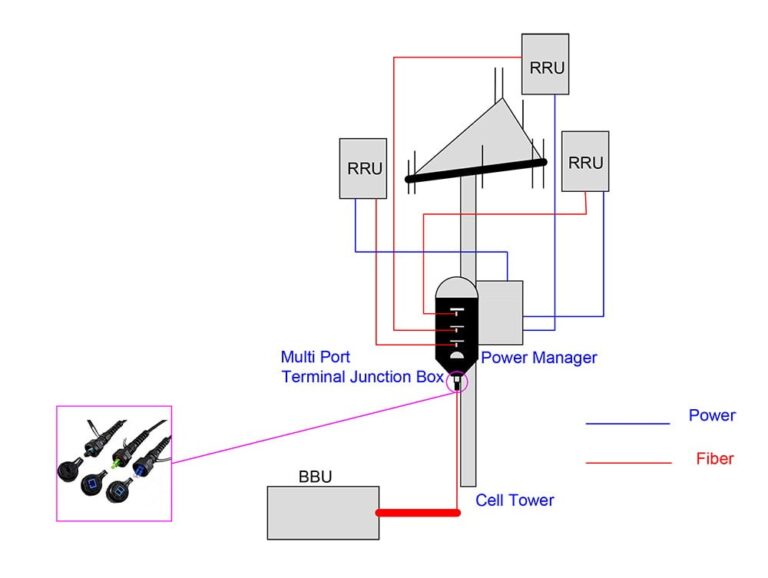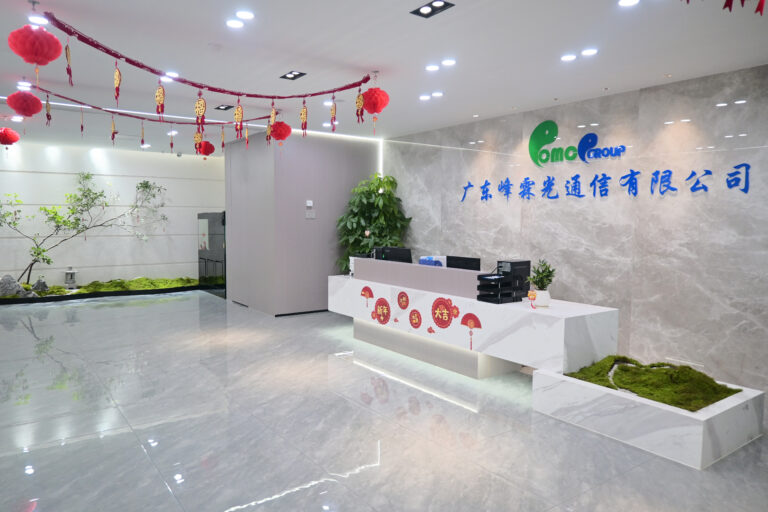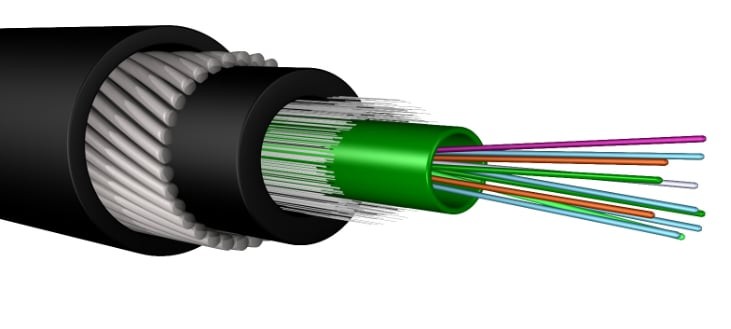Reliable communication networks and fast internet are more important than ever in the digital era. Fiber optic wire cable has proven revolutionary in all technologies. This blog will cover the definition, benefits, and uses of fiber optic wire cables in our increasingly interconnected world.
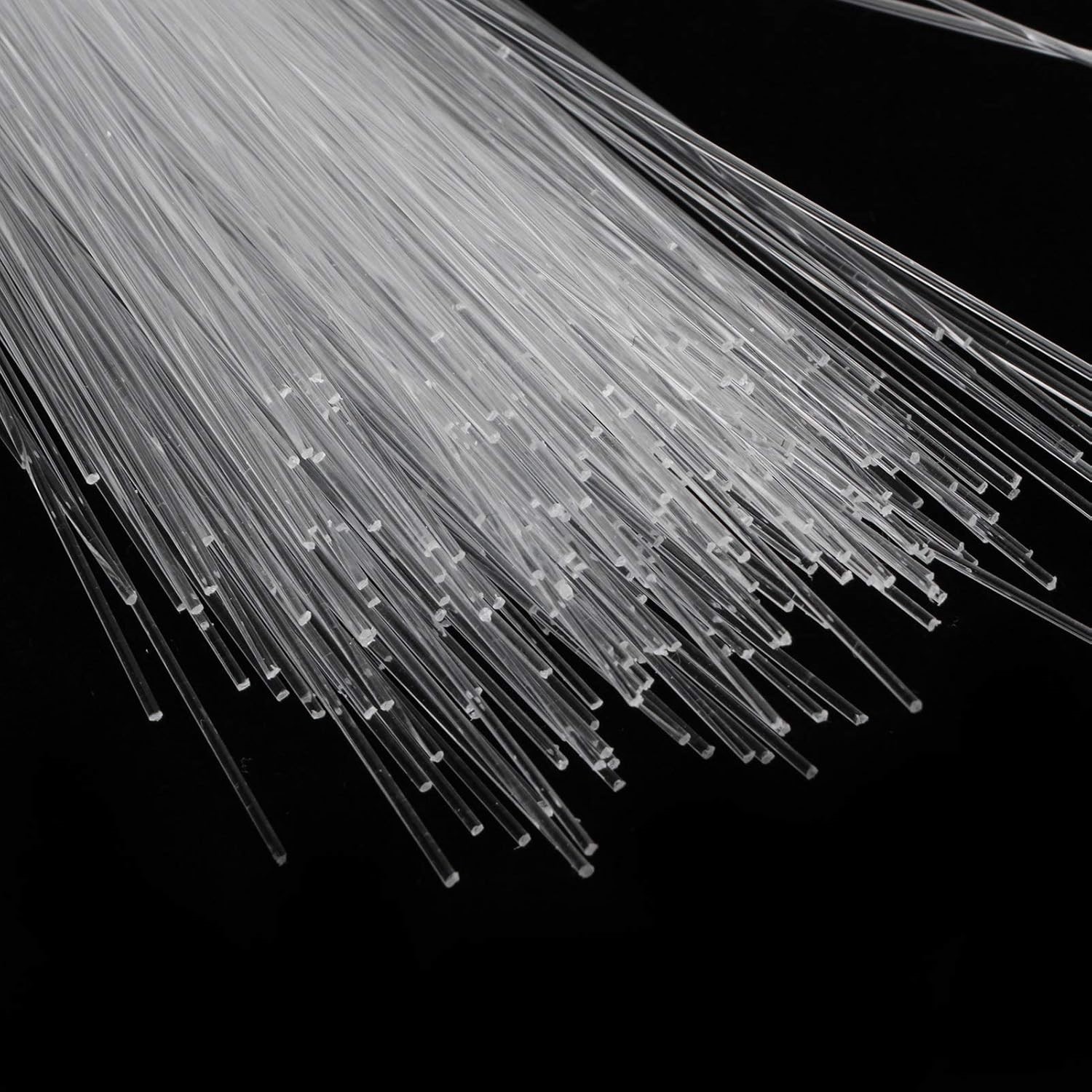
Definition of Fiber Optic Wire Cable?
Thin strands of glass or plastic, called optical fibers, make up fiber optic wire cables and transfer data as light signals. Each fiber has a diameter comparable to that of a human hair and can transmit enormous volumes of data quickly and over great distances.
The fundamental components of a fiber optic wire cable consist of:
- Core: The fiber area where light passes through in the center.
- Cladding: A layer that encircles the core and reflects light into it, facilitating effective signal transmission.
- Buffer Coating: A layer of defense that protects the fibers from harm and moisture is called buffer coating.
- Outer Jacket: An outer jacket is the outermost layer that protects against environmental elements.
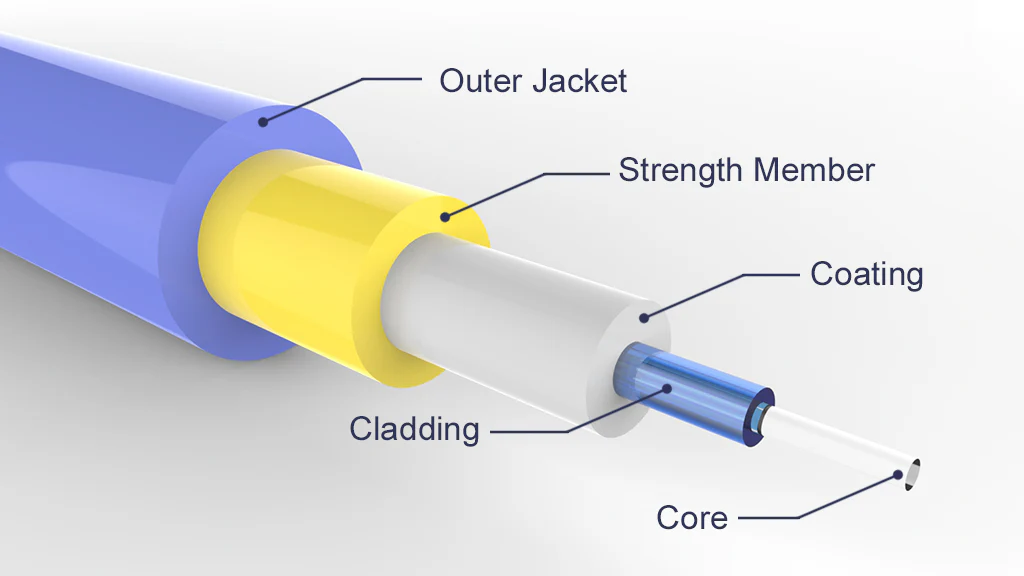
Benefits of Fiber Optic Wire Cable
- High-Speed Data Transmission
- Increased Bandwidth
- Longer Distance Transmission
- Immunity to Electromagnetic Interference
- Enhanced Security
- Lightweight and Flexible
- Lower Maintenance Costs
- Durability and Longevity
How Does Fiber Optic Wire Cable Work?
Total internal reflection is essential to the functioning of fiber optic wire cables. Light signals can flow via the fiber with little to no signal loss because they bounce off the cladding walls as they pass through the core.
There are two basic types of fiber optic wire cables:
Fiber with a single mode:
It is made for long-distance communication and has a single glass fiber strand.
Because only one mode of light propagation is allowed, transmission speeds and bandwidth are increased.
Fiber with Multiple Modes:
It consists of numerous strands and permits the simultaneous passage of different light modes.
Shorter distances, such as those on a campus or within a building, are usually covered by it.
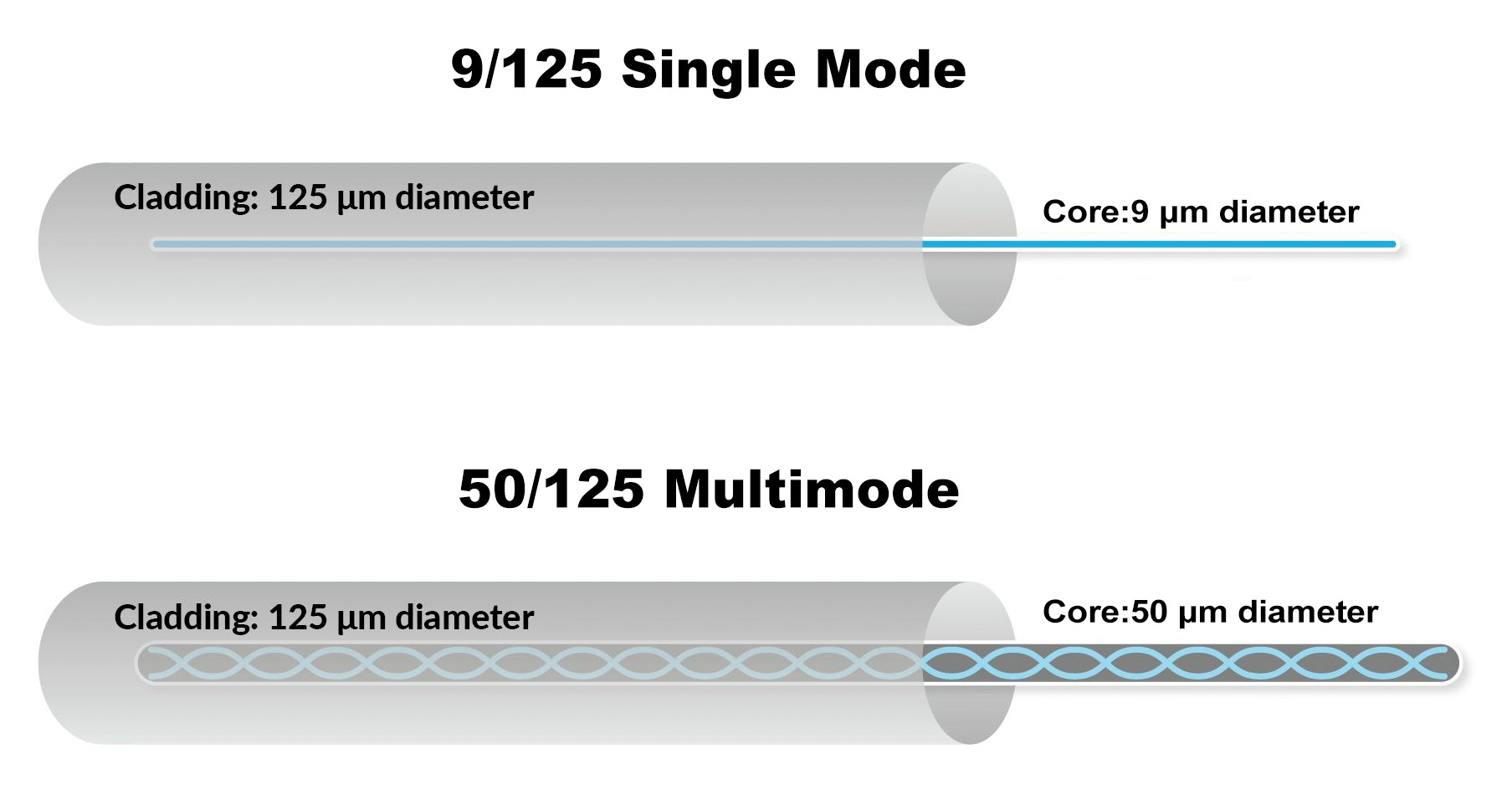
Applications of Fiber Optic Wire Cable
- Telecommunications
- Internet Service Providers (ISPs)
- Data Centers
- Medical Applications
- Military and Aerospace
- Broadcasting
- Industrial Automation
- Smart Cities and Infrastructure
- Security Systems
- Entertainment and Multimedia
Fiber Optic Technology’s Future
The need for dependable communication and fast internet is growing, and fiber optic technology appears to have a bright future. With the promise of faster speeds and better connectivity, innovations like fiber-to-the-home (FTTH) and 5G technology are opening the door for fiber optics to be adopted more widely.
Furthermore, developments in fiber optic materials and production techniques will result in even higher performance and efficiency in the upcoming years.
Conclusion
Fiber optic wire cable offers unmatched speed, capacity, and security, marking a substantial advancement in data transmission technology. Fiber optics are changing how we interact and communicate, whether in entertainment, healthcare, or telecommunications. Adopting fiber optic solutions will be essential for companies and individuals to stay ahead in an increasingly digital environment as technology develops.
Fiber optic wire cable is a decision worth considering if you are considering updating your network or investigating new technologies. Still have queries? Feel free to ask us!


